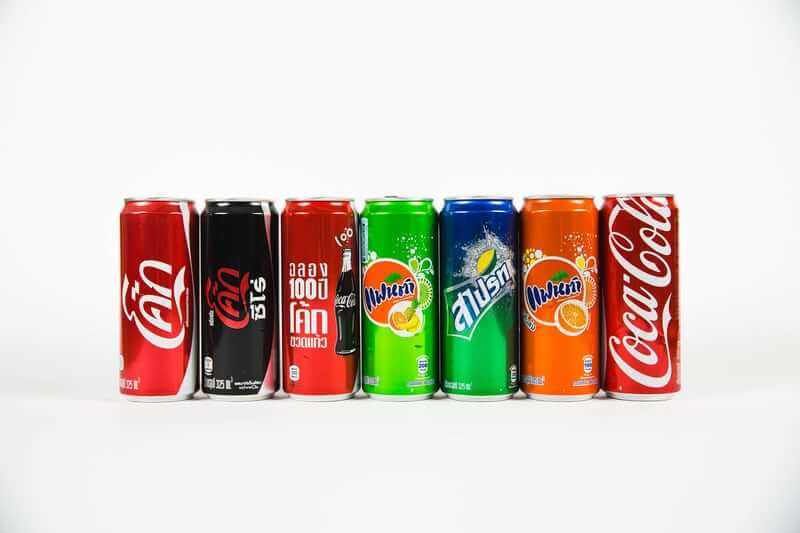Chunk content in groups of 5-9 in order to not overload the users short term memory.
Millers's Laws
Miller's Law states that the average person can only keep 7 (plus or minus 2) items of information in their working memory at a time.

Overview
I want you to read the following words with the intention of remembering as many as possible.
- banana
- watch
- dog
- hat
- water
- book
- candle
- pen
- mug
- plant
- fan
- card
Without peeking at the list, try to recollect as many items from the list. The vast majority of people will be able to rememeber between 5-9 items.
Miller's Law tells us that humans are able to store 7 ± 2 chunks of information in their short term memory. You may have also heard of this referred to as the Magical Number Seven.
So what can we do with this information? One of the most impactful we can do is chunk our information into related groups.

On the Slack sign up journey, each page will only ask you for a handful of things. By chunking up the questions in this way throughout the journey, it reduces the cognitive load required from the user.
Key points
We naturally group content everyday. For example, we chunk the digits in phone numbers into groups (i.e. 07700-123-456).
Chunking information can also make it much easier for the user to scan to find what they are looking for.
Other UX Laws
Aesthetic-Usability Effect
The Aesthetic-Usability Effect states that users often perceive visually-pleasing products as being easier to use.

Pareto Principle
The Pareto Principle (or the 80/20 rule) states that ~80% of effects come from ~20% of the causes.

Doherty Threshold
If a computer responds to a users input in less than 400ms, the user will take less time to make their next decision.
